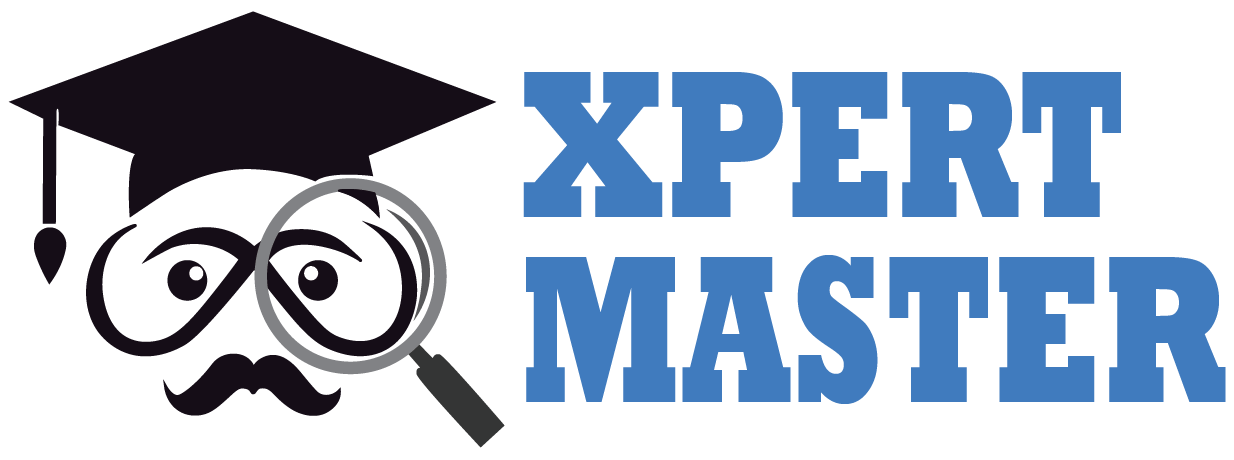Understanding Plagiarism: A Simple Guide to Its Different Types
Unraveling plagiarism: A comprehensive guide to different types of plagiarism– Integrity, honesty and academic achievement are the cornerstones of intellectual growth and scholarly achievements in the academic world. The problem of plagiarism is growing in importance as access to material has become easier with the digital age. Plagiarism, the act of passing off another’s words, ideas or work as your own, is a practice that not only compromises academic integrity but also puts the quest for new knowledge at risk. This post will examine the different forms of plagiarism, and how to avoid this ethical trap.
Plagiarism Types:
- Copy and Paste Plagiarism This type of plagiarism involves copying directly from a source, without crediting the original author or using quotation marks. This is the most obvious form of plagiarism.
- Plagiarism Paraphrasing: The act of paraphrasing plagiarism is when the writer rewords, or rephrases, the original text. The words may be altered but the basic concept is not mentioned.
- Auto-Plagiarism Auto-Plagiarism is the act of reusing a previously published piece without obtaining consent or citing it. Each piece of writing must be unique and original.
- Patchwork Plagiarism: A mosaic plagiarism is a form of copying from multiple sources and putting them together to create a work which appears to be original. It is a mosaic of stolen ideas, but no credit for the original source is given.
- Verbatim plagiarism: Verbatim plagiarism is when someone copies another’s words word-for-word without paraphrasing or citing the source. This type of plagiarism can be detected quickly by tools for detecting plagiarism.
- Idea plagiarism: Ideas plagiarism is when someone takes someone else’s original idea or thought and uses it as their own. It doesn’t matter what the words used are. Intellectual property rights cover original ideas.
- Unintentional Plagiarism When sources are not cited correctly, unintentional plagiarism can occur.
The conclusion of the article is:
As students, researchers, and writers, it is our duty to maintain the values of integrity and honesty in our work, as they are the basis of academic success. Plagiarism is a serious offense that damages the reputation of academics and undermines information transfer. By being aware of plagiarism, we can help to create a culture of originality that respects intellectual property rights and promotes a genuine passion for learning. We must defend the noble pursuit for truth and illumination while remaining committed to academic integrity.
Turnitin Plagiarism Check in India: How It Works & How to Reduce Your Similarity Score
📖 Introduction
Plagiarism is one of the biggest challenges […]
Top Plagiarism Removal Services in Bengaluru – 100% Unique & Turnitin Approved
Introduction
However, in this academic and professional-driven area, duplicacy is not accepted. Higher education institutions, […]
Important Exceptional Cases For Plagiarism Checking
Using the Turnitin Feedback Studio: A Few Extraordinary Situations We are aware […]
Expert Plagiarism Removal Services in Kolkata – Ensure Originality with Professional Solutions
Plagiarism refers to the practice of using phrases or […]
Understanding Plagiarism: A Simple Guide to Its Different Types
Unraveling plagiarism: A comprehensive guide to different types […]
UGC’s Assistant Professor Recruitment Decision Raises Concerns
UGC Assistant Professor Recruitment Decision Sparks Questions– You […]


